History of Ceiling Painting
Hey everyone, I hope you all have a week so far which is full of positive experiences! Today I would like to go into the exciting world of art and I am happy if you are interested in this topic and can learn new things.
Some time ago I had the opportunity to photograph really breathtaking ceiling paintings which are at an absolutely high level from an artistic point of view and enchant the interior of the buildings with the splendor. The painting of ceilings in buildings already has a long tradition and goes back to ancient times and goes hand in hand with the history of wall painting and as can be seen in these works, scenes from mythology were often depicted like the view of the sky at which the gods can be seen and these ceiling paintings are mainly based on Roman or Greek mythology. Already in ancient cultures as with the Egyptians it was specifically about enchanting the eye of the viewer and changing the optics and it's a great opportunity to show how painters created optical illusions hundreds of years ago. This art form has a huge influence on the interior of buildings and in addition to the beautification, it also has effects on the spatial perception and places in which a sky or other objects can be seen on the ceiling often appear larger and create the feeling that the depicted objects are extremely near or move closer and closer in the own direction and the color interplay creates a very own form of elegance. It was about making the rooms look extravagant and often it can also be observed that a feeling of infinity is created and by merging with other artworks or styles such as decorated walls or floors, an interplay of different parts is created which merge into a whole wonderful overall result and when persons are represented, they often give the impression that they would just climb from the ceiling and thus a very unique form of liveliness is created.
Depending on the depicted object or the choice of geometric shapes, different types of optical illusions were created and especially scenes in which the sky is depicted allow elements from the outside to merge with the interiors and depending on which color is used, the feelings of the viewer are also stimulated and different emotions are triggered from an psychological point of view. During the Middle Ages, mainly religious buildings were decorated with this art form and during the Baroque period, the artists became more and more imaginative and it developed into a trend to decorate the interiors of buildings such as castles with it and it can be said that this art style was influenced by various events from history. The technique of painting has also changed greatly in the course of the centuries and it is typical to paint the works on wet plaster, but there are also artists who preferred to paint on dry and which technique or colors were used depends of course always on the artist and the focus was to secure the works for generations. That the works were be painted safely, it was of course important for the artist to have the right hold and without a ladder and the right protective equipment it would probably never have been possible to create such enormous works of art that inspire many people to this day and it can be worth looking up in historic buildings!
Many thanks for stopping by and I hope you could learn something new about this exciting topic! I captured these pictures with my Camera Sony Alpha 6000 plus 55-210 mm lens.
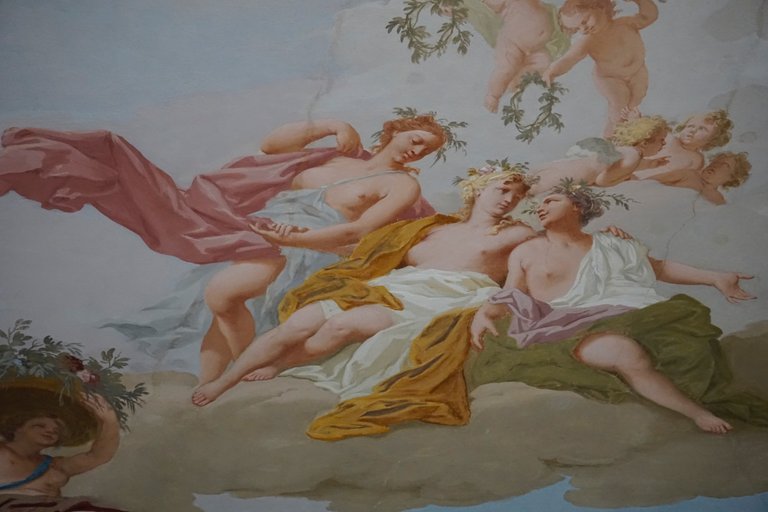
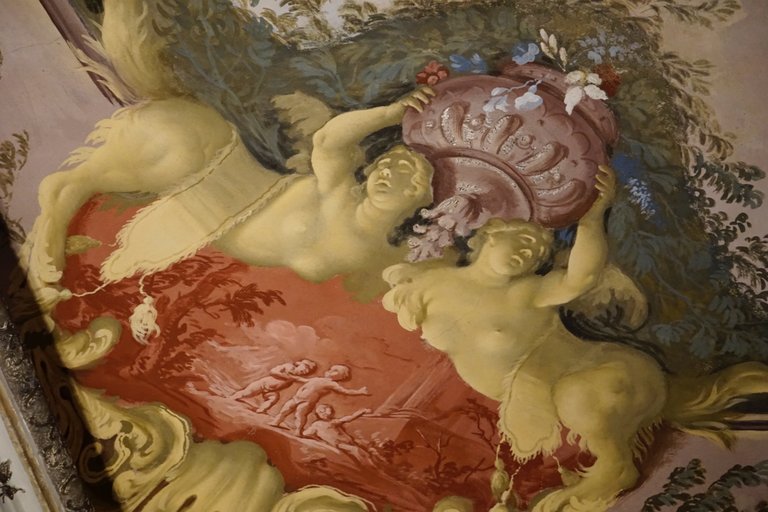
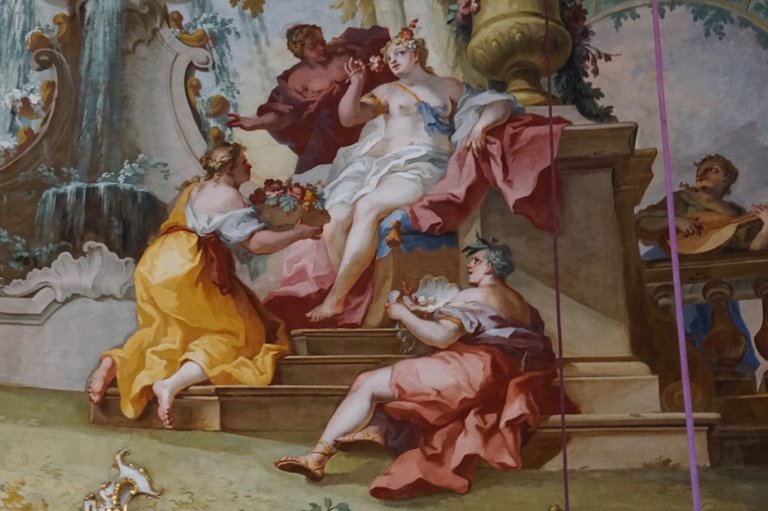
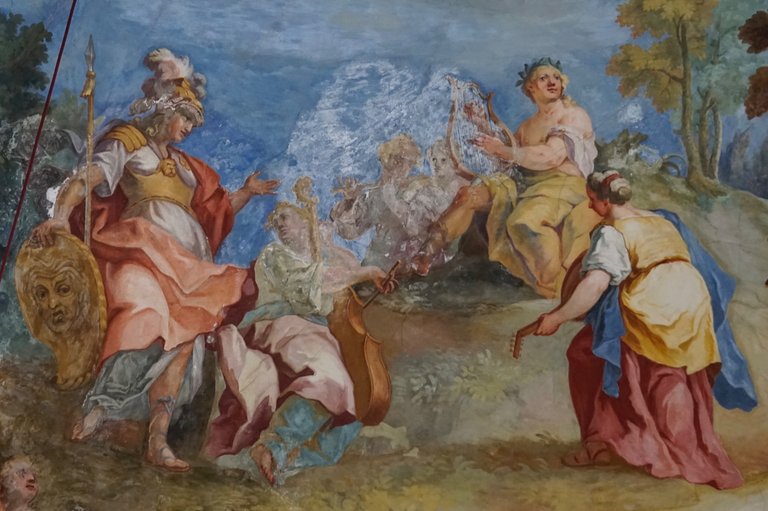

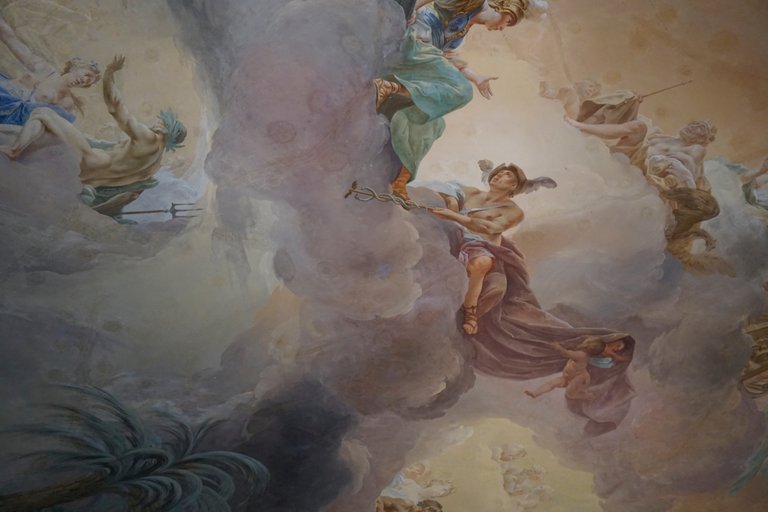
Earlier painters were very fond of painting such paintings . Most of The paintings are nude. These were highly respected in early times. The painters work was also perfect. but I don't like nudity
They are really masterpieces that have been created. I am also looking forward to hearing your opinion about this topic and wish you a great day dear @momins
https://x.com/lee19389/status/1854285066698211836
#hive #posh